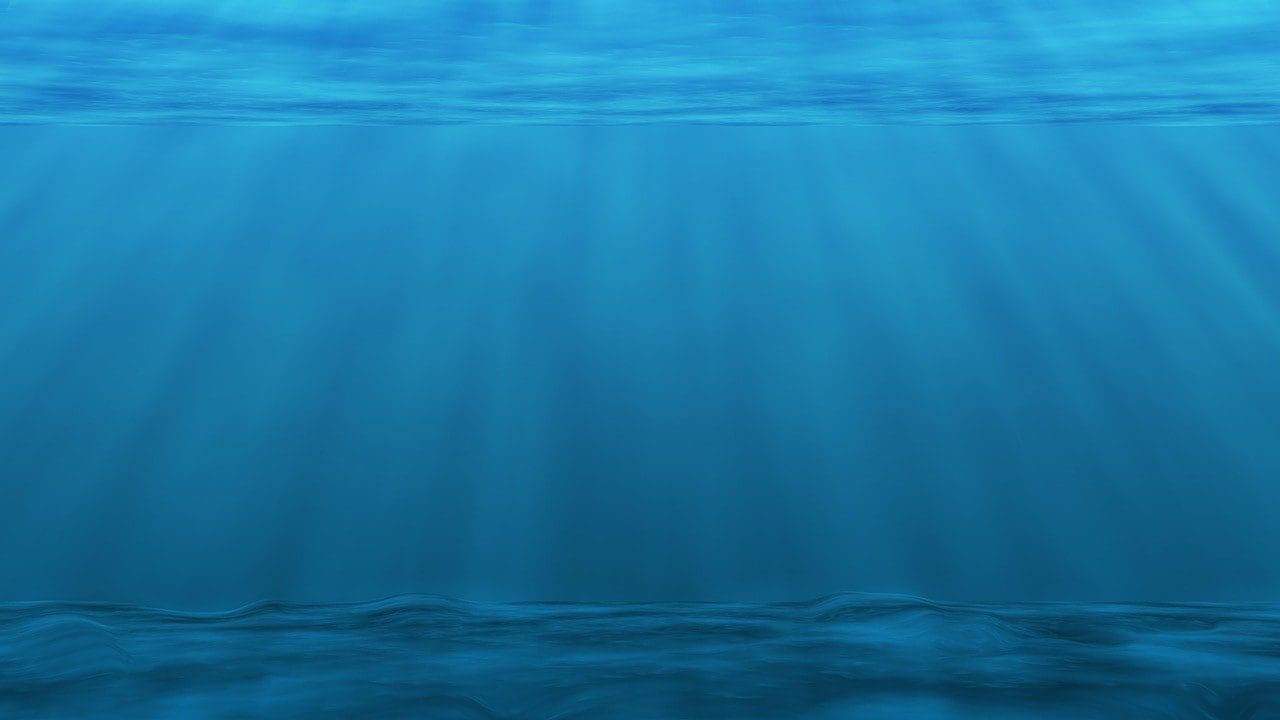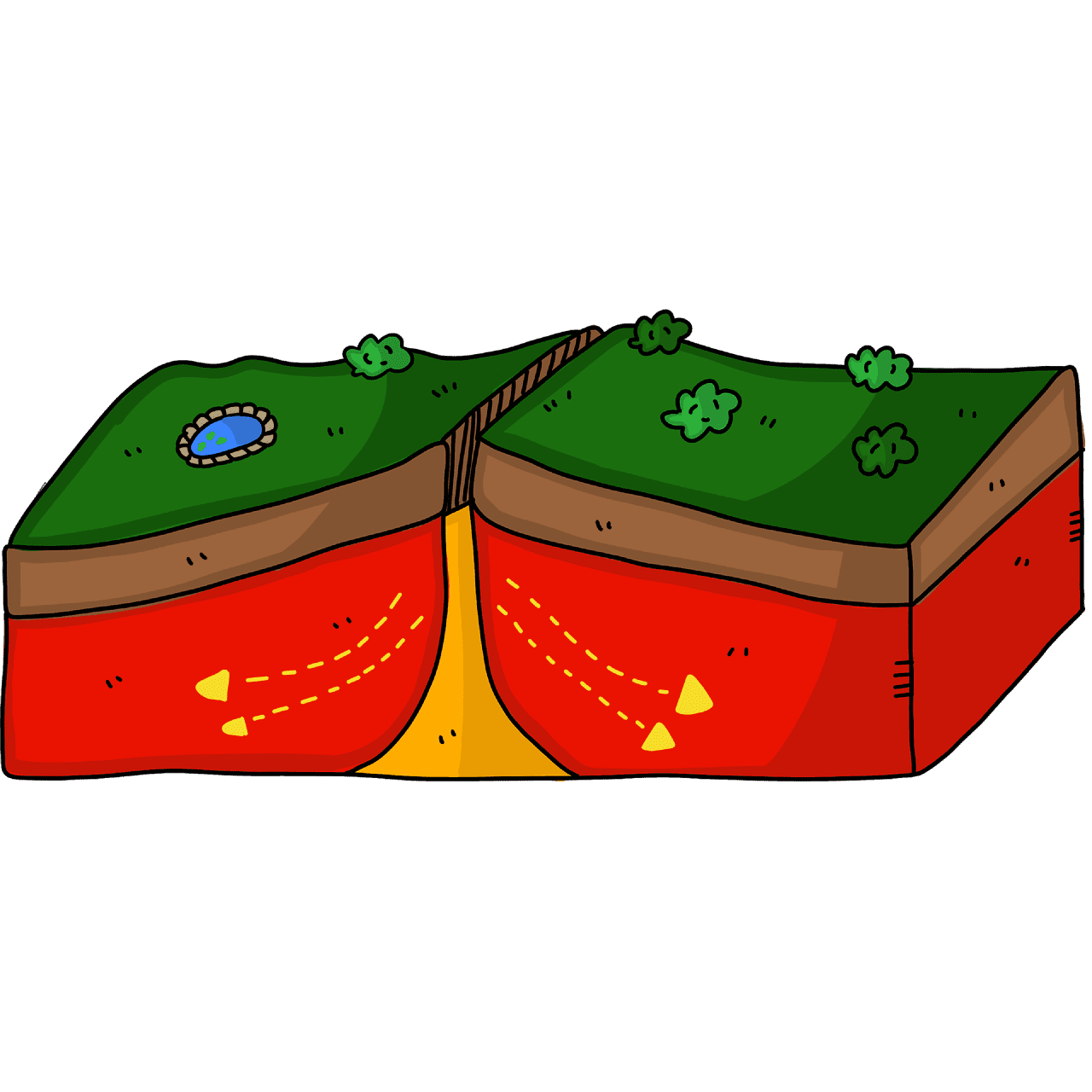Earth is the only planet with life; it has life’s integral forms, such as flora and fauna, oxygen, water, etc. Earth is a large planet that has a large number of geological features.
The earth’s geological features contain a variety of mountains, plateaus, ocean seas, plains, forests, volcanoes, etc. The geological features of any place affect the life of people over there.
The portions occupied by land have different types of soil, land crusts, etc., and the density of land is not the same everywhere. In some places, there will be a thin crust of land, and in some parts, there might be a strong crust of land.
The variations of crusts affect the lives of people and animals. According to geology, the Earth has several layers of land under the main crust.
The core is the inner layer of the earth and is said to be the hottest part of the Earth. Above that Mantle is there, consisting of several layers, and above all, there is the crust.
Key Takeaways
- Oceanic crust is the Earth’s crust located beneath the ocean, composed mainly of dense, dark rocks like basalt, and is thinner than continental crust.
- Continental crust is the Earth’s crust that forms continents, comprised mainly of lighter, less dense rocks like granite, and is thicker than oceanic crust.
- The primary differences between oceanic and continental crust lie in their composition, density, thickness, and location on the Earth’s surface.
Oceanic Crust vs. Continental Crust
Oceanic crust is the outermost layer of the Earth’s ocean floors, composed of basaltic rock that is denser and thinner than continental crust. The continental crust is the uppermost layer of the Earth’s landmasses, consisting of a variety of rock types, including granite and sedimentary rocks.

Comparison Table
| Parameters of Comparison | Oceanic crust | Continental crust |
|---|---|---|
| Density | High density | Low density |
| Thickness | Thinner | Thicker |
| Ability to float | Scarcely floats | Freely floats |
| Type of rocks | Basalt rock | Granite rock |
| Ability to recycle | Has the ability to recycle. | Do not have the ability to recycle. |
What is Oceanic Crust?
The oceanic crust is the craft that covers Earth’s oceanic base. It has a density of 3.0 g/ cm3. It is said to be a thin layer when compared to continental crust.
The oceanic crust consists of basalt, made of black-colored rock. This rock is filled with minerals like silicon, oxygen, and magnesium.
In several years this crust gathers a layer of cooled mantle surface underside, and the two layers accumulate to sink into the hot molten mantle.
The thickness of the oceanic crust is 3 to 6 miles or 5 to 10 kilometers. It consists of different layers; the uppermost layer of oceanic crust is 500 meters thick and consists of lava made up of basalt.
Oceanic crust rock is called sima, a short form of magnesium silicates. Another term used for these rocks is mafic; they are high in iron and magnesium.
There are mid-ocean ridges, the mountains formed under the seawater across the ocean that covers the European and the North American plates.
The one along which that continues to cover all the oceans and the distance It covers is 49700 kilometers. Even the longest mountain range on Earth.

What is Continental Crust?
The continental crust is the Uppermost layer of Earth’s surface, constituting around 40% of Earth. This layer is comparatively stronger and thicker than the oceanic crust.
The continental crust is made up of granite which is lighter in color, and this Rock contains aluminum-silicon and oxygen. The density of the Continental crust is lower than the oceanic crust, accounting for 2.63g / cm3.
Due to the difference between the Continental Crust and Oceanic crust densities, the balance of continent land is maintained, and both crusts can float on magma.
The continental crust is thicker and has a difference in thickness in planes and mountain areas. In plains, it has a thickness of 20 miles, around 35 kilometers, and in Mountain areas, this thickness Increases up to 40 miles, around 70 kilometers.
The continental crust can be defined as the amalgamation of igneous, sedimentary, And Metamorphic rocks Which forms a continent.
The reason behind the thickness of the Continental crust is the Compressive forces related to subduction or a continental collision.
The continental crust is responsible for the land portion of Earth. It is the outermost layer of the lithosphere, and it forms the land’s surface.

Main Differences Between Oceanic Crust and Continental Crust
- The continental crust cannot recycle, whereas the oceanic crust can recycle.
- The continental crust is made up of granite salt. On the other hand oceanic crust is made up of basalt rock.

- https://www.sciencedirect.com/science/article/pii/0012821X8890132X
- https://eps.rutgers.edu/images/Publications_PDFS/ngeo2392.pdf

The article presents a wealth of scientific knowledge about the Earth’s crust and the geological features of our planet, making it a commendable resource for students and educators.
Agreed, it’s a valuable source of information for those wanting to delve deeper into geology.
Absolutely, it’s comprehensive and well-researched.
The analysis of the differences between oceanic and continental crust is thorough and meticulous, catering to the interests of aspiring geologists and scholars of earth sciences.
Absolutely, the level of detail is impressive.
Agreed, this article is a valuable repository of geological knowledge.
The scientific information provided is impressive, and the article effectively contributes to the understanding of the Earth’s geological formations and the differences between oceanic and continental crust.
The depth of knowledge presented is commendable.
Absolutely, a well-researched and insightful piece on geology.
The scholarly exposition of the geological features of Earth and the differentiation between oceanic and continental crust is an invaluable educative resource for aficionados of earth sciences.
Absolutely, a commendable scholarly pursuit.
The depth and breadth of information are commendable.
The comprehensive overview of the Earth’s crust, its geological features, and the detailed differences between oceanic and continental crust demonstrates the depth of expertise in the subject matter.
Absolutely, the scientific elucidation is exemplary.
Indeed, a commendable endeavor to illuminate the complexities of the earth’s crust.
I found the comparison table very useful to understand the differences between oceanic and continental crust. It’s nicely organized and easy to follow.
Yes, it’s a great addition to the article and makes it easier to compare the two types of crust.
This article offers a scholarly insight into the oceanic and continental crust, providing a comprehensive analysis of their differences and properties.
Absolutely, the depth and breadth of information are remarkable.
I’m impressed with the in-depth knowledge presented about the rocks, composition, and layers of the Earth’s crust. It’s an intriguing read for anyone interested in earth sciences.
It’s fascinating to learn about the geological features and the scientific aspects of the Earth’s crust.
This article provides a comprehensive overview of the Earth’s geological features and the differences between oceanic and continental crust that can be helpful for those of us interested in studying geology.
Absolutely, the detailed information about the different types of rock and the layers of the Earth’s crust is quite enlightening.
The intricate details about oceanic and continental crust are eloquently presented in this article, making it a valuable resource for enthusiasts of earth sciences.
Indeed, a commendable exposition of the Earth’s geological features and differences between the crusts.